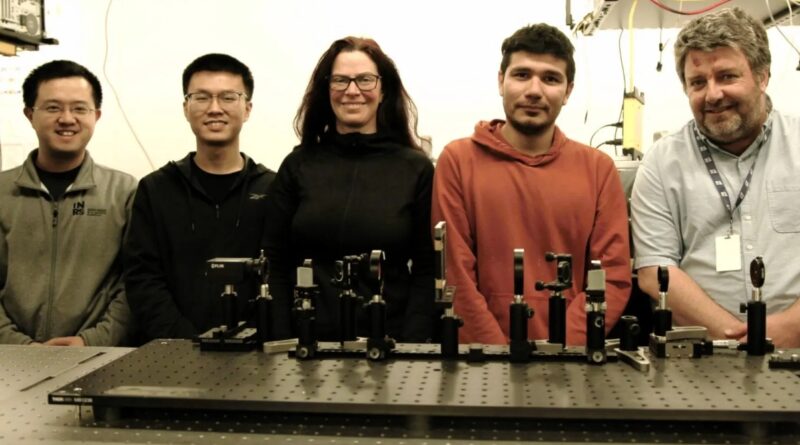Ultrafast Camera System Revolutionizes Imaging with Trillion-Frames-per-Second Capabilities
Researchers at Énergie Matériaux Télécommunications, part of the Research Centre Institut national de la recherche scientifique (INRS) in Canada, have developed SCARF (swept-coded aperture real-time femtophotography), an ultrafast camera system capable of recording images at up to 156.3 trillion frames per second (fps). This technology enables precise imaging of ultrafast phenomena such as demagnetization of metal alloys and transient absorption in semiconductors.
SCARF addresses limitations of previous ultrafast camera systems, allowing observation of non-repeatable or fragile samples. It operates by using a “chirped” ultrashort laser pulse to capture events across the entire spectrum, enabling full-sequence encoding at high speeds. The technology has potential applications in physics, biology, chemistry, materials science, and engineering. The research was published in Nature Communications, and efforts are underway to commercialize SCARF in collaboration with Axis Photonique and Few-Cycle.
